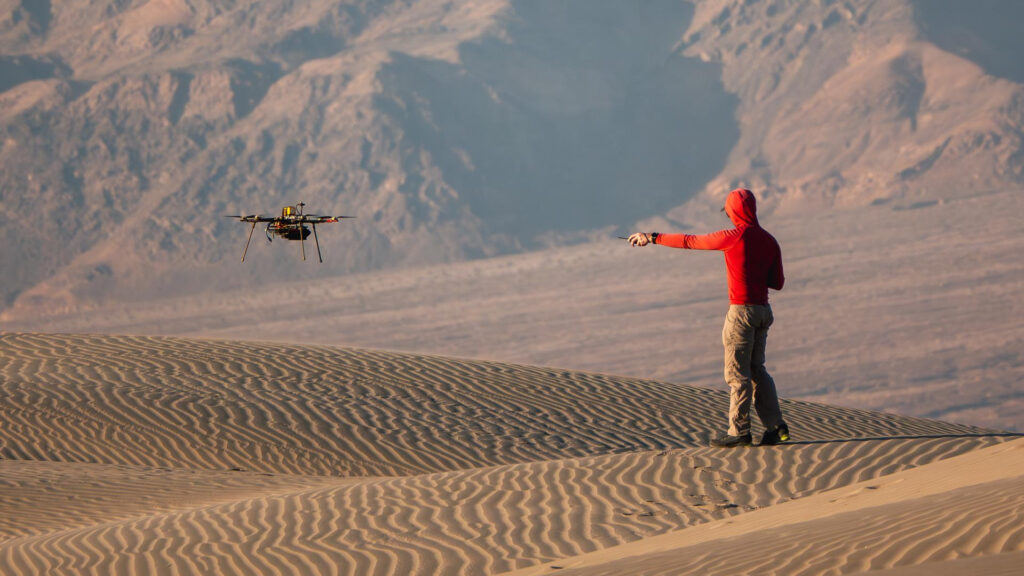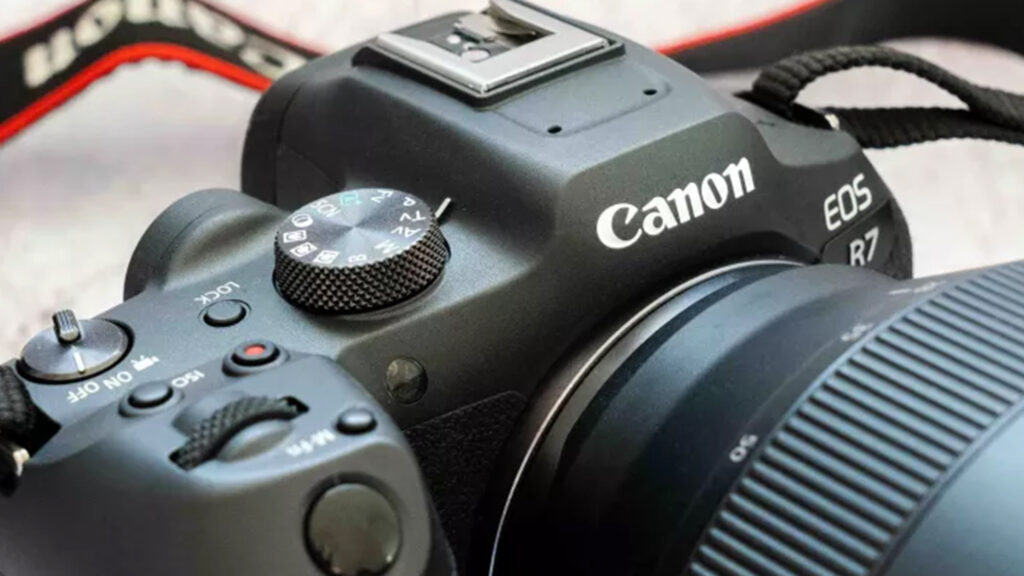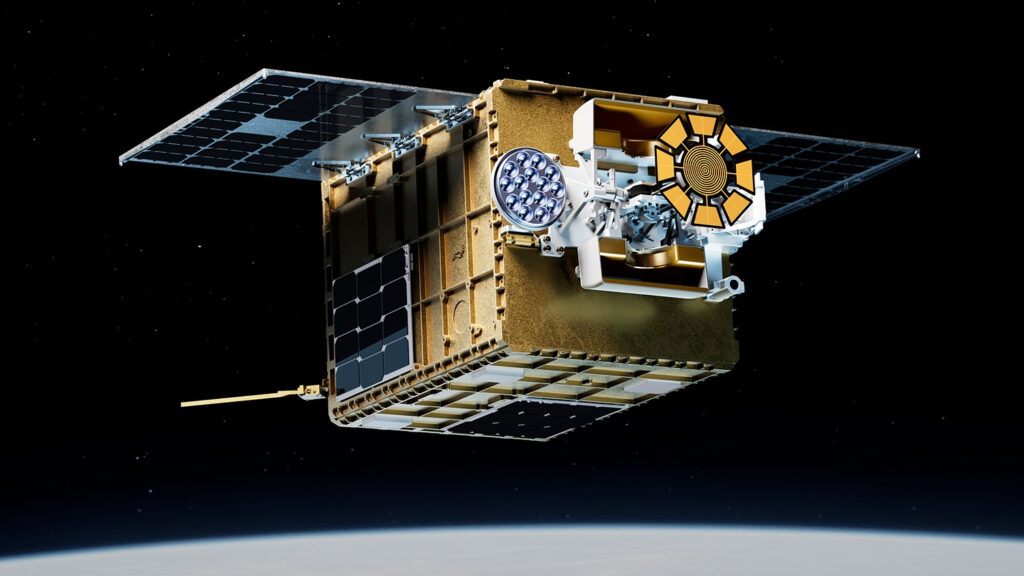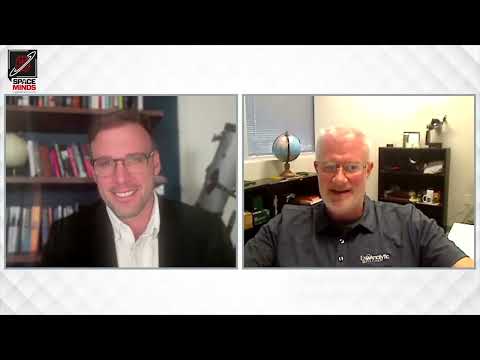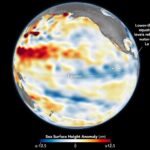Now Reading: James Webb Space Telescope spots the haunting Red Spider Nebula with 3-light-year-long legs
-
01
James Webb Space Telescope spots the haunting Red Spider Nebula with 3-light-year-long legs
James Webb Space Telescope spots the haunting Red Spider Nebula with 3-light-year-long legs
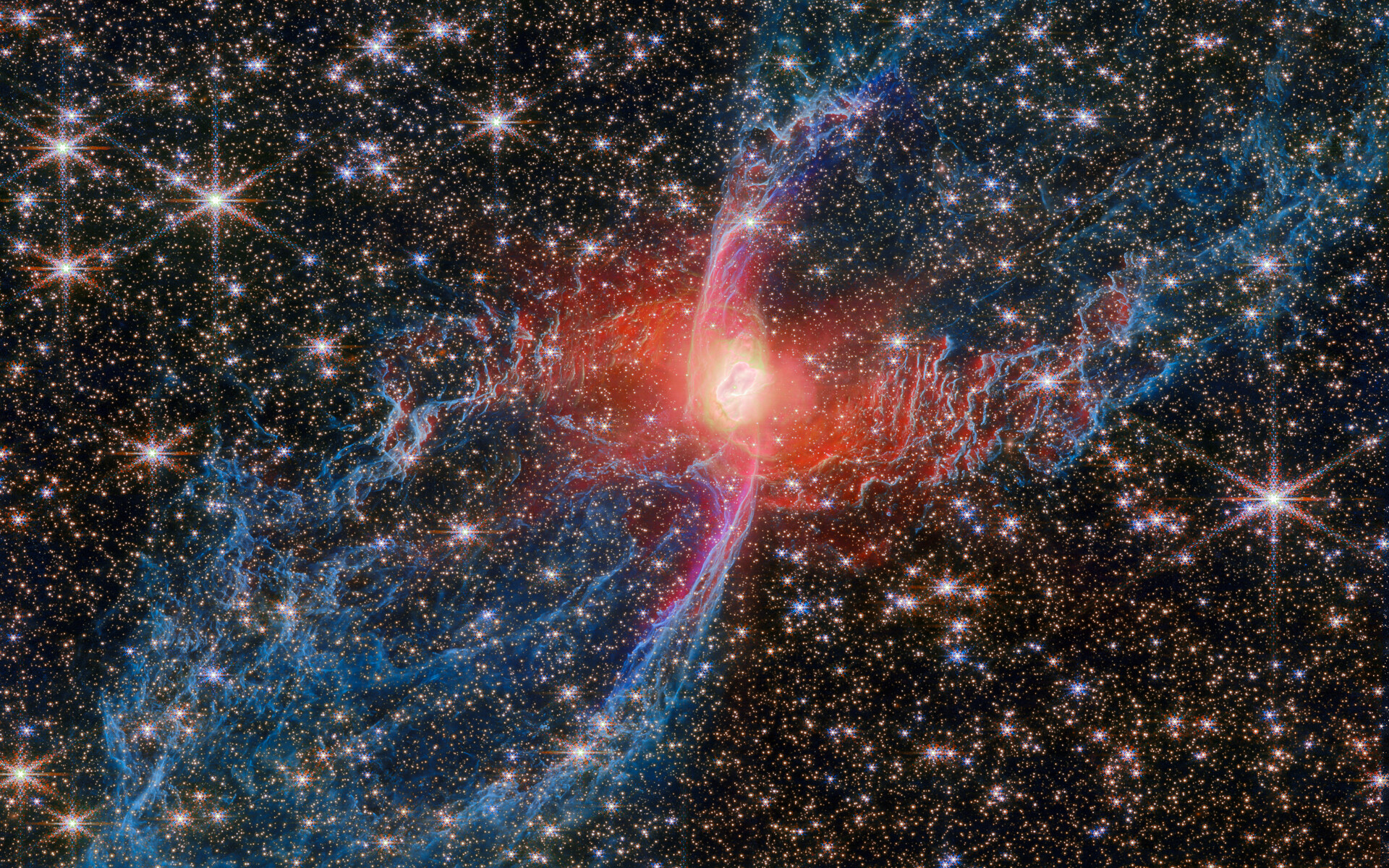
Out in the cosmic landscape, planetary nebulas would offer the perfect Halloween doors to knock on.
They’re spooky tricksters in their names, as they have nothing to do with planets at all and are rather the gory scenes of stars dying. The term “planetary nebula” actually comes from an accident. Long ago, astronomers using early-iteration telescopes thought these objects looked like planets because of how rounded they appeared. We now know this to be untrue, of course, but the planetary nebulas continue to be disguised by their own titles.
To be clear, this image isn’t exactly accurate in its color, because the JWST doesn’t capture images like a normal camera. Rather, it collects infrared light emitted by different parts of objects (light that’s invisible to us), then sends that information back to scientists. Astronomers can put together a picture using that data, then color it artificially to make various sections stand out.
What you’re looking at here is the aftermath of a sun-like star that eventually reached the end of its life and poofed out into a cool red giant star. This will happen to our sun one day as well: It will bubble out to over 200 times its regular size and destroy everything in its path, including (perhaps) Earth.
Eventually, the outer layers of such a red giant begin to shed off until the raw core of the star is revealed. As a result, you get something like what we see in the image here.
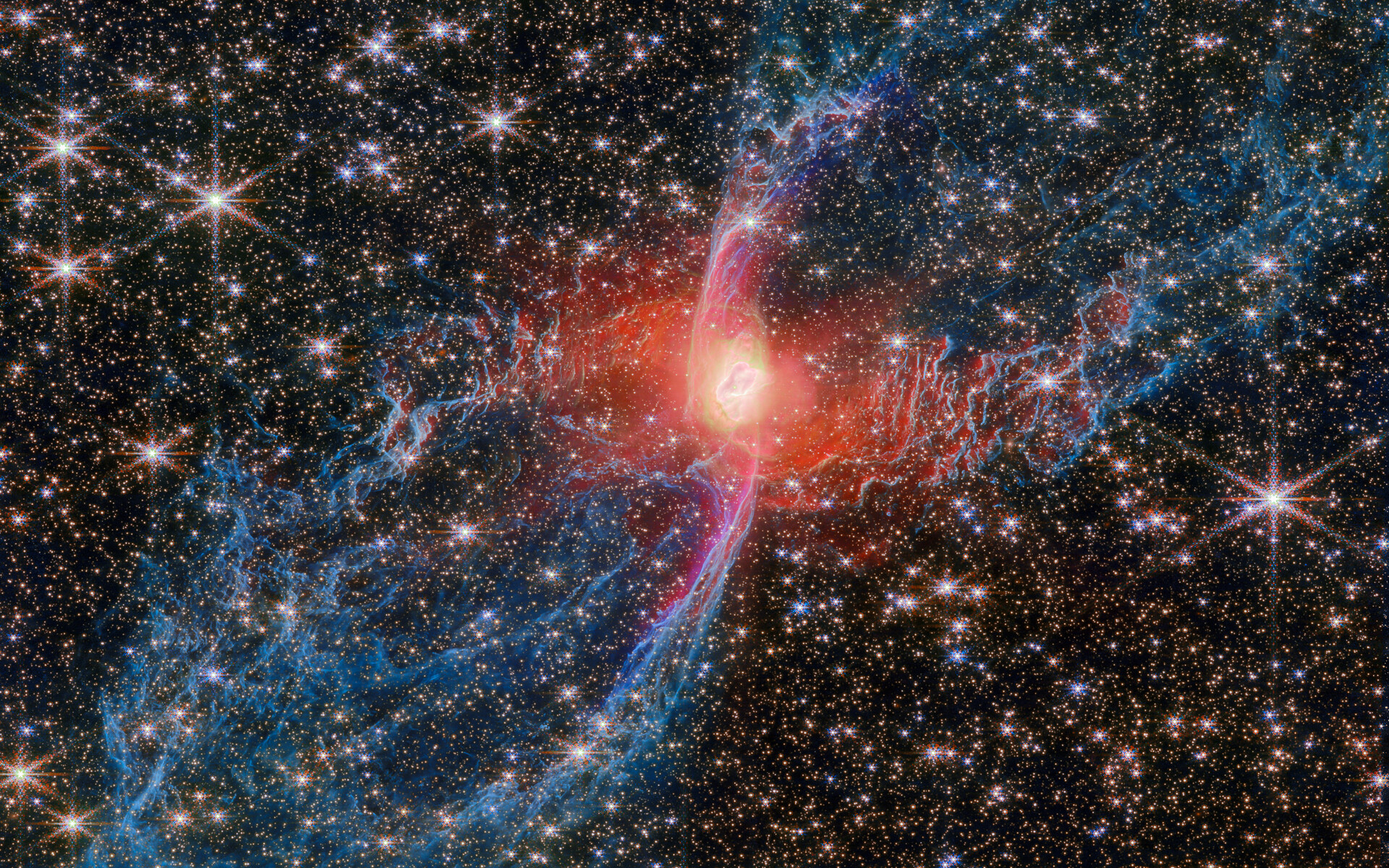
To break the Red Spider Nebula down a little bit, at the very center is a single star that you can see, but the European Space Agency explains in a statement that there is likely also a second companion star that we just can’t make out in this particular view. The reasoning there is that the specific shape of this nebula, aka its hourglass look, indicates a possible double star situation. The JWST’s infrared capabilities also show a “shroud of hot dust” surrounding the visible star, ESA explains.
The lobes of the Red Spider Nebula are three light-years long each, inflated by gas from the central star shooting outward for thousands of years. The S-shape you can make out if you go from the northeast to the southwest part of the reddish area within the nebula comes from light emitted by ionized iron atoms, which refers to iron that has either gained or lost a quantity of its electrons. In fact, on that note, the blue lobes we see are representative of H2 molecules (involving two hydrogen atoms) emitting light.
Yet one of the most striking aspects of this scene comes not from the nebula itself but rather from the spectacular backdrop of stars behind it. Back when the JWST’s first images were released, scientists were overjoyed to see how much detail the observatory picks up when peering into the universe, whether or not it was requested to collect that detail. That quirk of the JWST never faded, as the telescope naturally cocoons its targets in only the most deserving frames.
The twinkliest of the stars in this frame also have eight points if you look closely (two of the points are horizontal through the center and shorter than the other six), characteristic of a JWST image due to the way the telescope’s hexagonal mirror works.
An iconic signature like that may make it difficult for the JWST to give us a trick like the planetary nebula crew, but at least it nails the treats.
Stay Informed With the Latest & Most Important News
Previous Post
Next Post
-
 012024 in Review: Highlights from NASA in Silicon Valley
012024 in Review: Highlights from NASA in Silicon Valley -
 02Panasonic Leica Summilux DG 15mm f/1.7 ASPH review
02Panasonic Leica Summilux DG 15mm f/1.7 ASPH review -
 03From Polymerization-Enabled Folding and Assembly to Chemical Evolution: Key Processes for Emergence of Functional Polymers in the Origin of Life
03From Polymerization-Enabled Folding and Assembly to Chemical Evolution: Key Processes for Emergence of Functional Polymers in the Origin of Life -
 04How New NASA, India Earth Satellite NISAR Will See Earth
04How New NASA, India Earth Satellite NISAR Will See Earth -
 05And Thus Begins A New Year For Life On Earth
05And Thus Begins A New Year For Life On Earth -
 06Astronomy Activation Ambassadors: A New Era
06Astronomy Activation Ambassadors: A New Era -
07SpaceX launch surge helps set new global launch record in 2024












